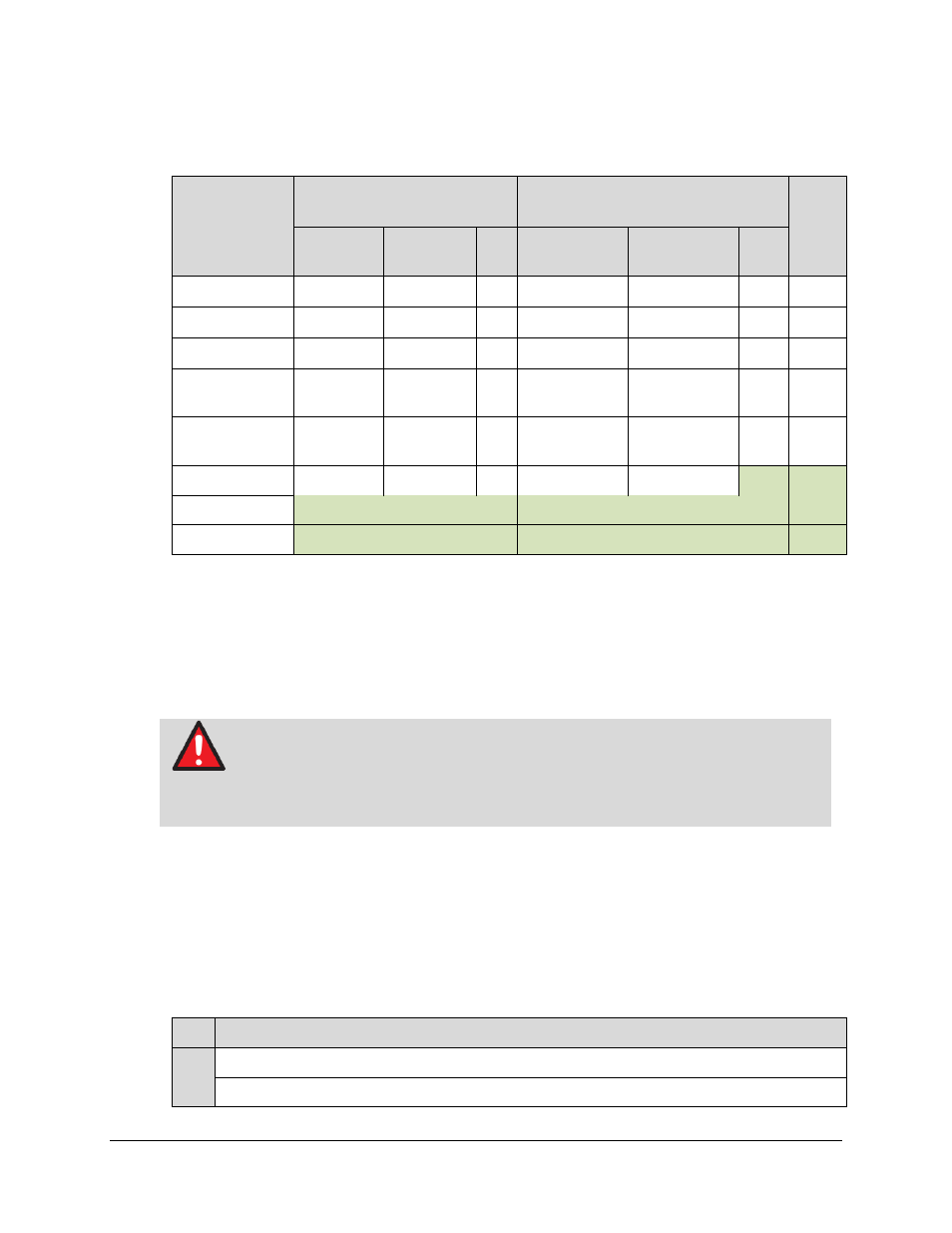10 carrier-in-carrier commissioning and deployment – Comtech EF Data DMD-2050E User Manual
Page 84

DMD2050E Universal Satellite Modem
Theory of Operation
MN-DMD2050E Revision 2
3–42
Whereas the original link used 8-PSK TPC 3/4, the Carrier-in-Carrier link used QPSK
STANAG TURBO 7/8. The savings summary is as follows:
Item
Original Link
With Carrier-in-Carrier and
STANAG TURBO 7/8
Savings
Hub to
Remote
Remote To
Hub
Total Hub to Remote
Remote to Hub
Total
Data Rate (kbps)
2048
2048
2048
2048
Modulation
8-PSK
8-PSK
QPSK
QPSK
FEC
TPC 3/4
TPC 3/4
7/8
7/8
Occupied BW
(MHZ)
1.3
1.3
2.6
1.8
1.8
1.8
Power Eq. BW
(MHz)
2.2
1.0
3.2
1.1
0.5
1.6
Leased BW (MHz)
3.2
1.8
44%
Hub HPA (W)
5.0
2.0
60%
Remote HPA (W)
11.6
4.7
60%
Note: 1 dB HPA BO for QPSK, 2 dB HPA BO for 8-PSK, 1 dB Feed Loss.
Using Carrier-in-Carrier and STANAG TURBO 7/8 reduced the leased bandwidth by almost 44%
and HPA power by 60%.
3.11.10 Carrier-in-Carrier Commissioning and Deployment
WARNING
Before you commission a satellite link with Carrier-in-Carrier, make sure that the link
is sufficient for normal operation and all system settings are correct. Incorrect link
setup has an unwanted effect on the system.
First, make sure to do a complete test of the link without Carrier-in-Carrier. Make sure all system
adjustments are correct, including external interference, antenna pointing, cabling and SSPA
backoff.
Do the following steps for Carrier-in-Carrier commissioning and deployment. You can repeat the
steps for different PSD ratio and Eb/No.
Step Procedure
1a Turn ON the carrier at Site A.
1b Carrier from Site B is OFF.
